-
Posts
1,718 -
Joined
-
Last visited
Content Type
Profiles
Forums
Gallery
Events
Posts posted by flying_dutchman2
-
-
Beautifully crafted, details and all. Love how you did the screws. Noticed that the plans are pretty big the way they are spread out. Detailed enough to put it all on the ship.
Marc
- Piet, Dimitris71, avsjerome2003 and 1 other
-
 4
4
-
WOW, Kees... this one looks good. I just pulled up a chair and will follow the built.
Great work, so far.
Marc
- Piet, kees de mol, mtaylor and 1 other
-
 4
4
-
Coming towards the last of the planking. 'Out' with the clamps and 'in' with the pins. Clamps no longer fit. As you can see, I use all kinds of methods to keep the planks in place until they are fully dry.
Personally, I am not big on planking. I never look forward to this. I prefer deck fittings, masts, rigging and sails. I think I will not start on any admiral model anytime soon. Maybe I should just do solid hulls and scribe the planks on the hull. Go straight to the deck and up.
-
And you have shown the old saying "You can never have enough clamps." David B
David;
You are so correct. I have so many of these from Harbor Freight and always looking for more.
Marc
- mtaylor and Seventynet
-
 2
2
-
All the items that belong to the cabin. What I will change is the cabin walls. The kit has 2 windows on each side and the my sisters boat has one on each side.
I was at Michael's yesterday and they had enlarged there wood display and I found 1/32" and 1/64" Baltic Birch ply sheets. Had to get those. The 1/64" costs $21.00 each and the 1/32" costs $9.00 Pricy, but worth it.
I re-did the cabin walls on 1/32" ply and it looks good.
The next two pictures are of the planking. I soak the wood, bend it a bit by hand, form it on the frame, use lots of clamps, let it dry overnight and the next day use a combination of CA and white glue to attach the plank to the frame. The CA is to hold the plank to the frame and the white glue is used to keep the frames together. I've experimented with this and it works for me.
- Omega1234, mtaylor, Seventynet and 15 others
-
 18
18
-
-
Pilot area which has been strengthened with scrap wood.
The bulkhead has a door opening. Here I will make the door that can be moved, like the real thing.
The Cabin floor is 1/8” balsa.
The three ½ oval slats are going to be the inner walls in the cabin.
Close up how the floor, and inner walls look like.
Dry Fitted all items.
How the cabin will look like in the front to the cabin (bow) there will be a door for storage.
-
Starting on the cabin. Pictures will follow.
On no. 2 post check the third picture. You will see the sheath where the center board slides into. In real life the boat was able to sail in very shallow water, it could beach itself.
My sister mentioned that her centerboard is attached to the keel. So I will cut the board in half and built the cabin on top of that.
Marc
-
-
-
Oh boy does this bring back memories. I grew up in the 60's and early 70's sailing a 24 foot sloop rigged (converted) cape cod cat that looked exactly like this (just a bit bigger). It was strip planked and leaked like a sieve for the first 24 hours after launching it every spring. My bud and I sailed it from Montreal down the St Lawrence and Richelieu River to Lake Champlain one summer. Very sorry to reminisce in your thread - but move over, I will be following your build Marcus and then copying it!
Best, Ian
Reminiscing is good. You did some serious sailing. My sister reads this built and this will tell her she can sail her catboat as far as she wants to. I think she has her boat moored in Prince Edward Island (If not please correct me Bernadette).
Marc
-
Next to the garboard there will be basswood planking. Then I will use spackle (to hide the seams), sand it smooth and paint it.
Cabin Side Boards. The kit has 2 windows on each side but the actual boat has 1 window on each side.
Here I will redo that. I am going to use airplane ply from Menards (like a Home Depot/Lowes store, but more items) and use that to redo. I will use the plan as my guide and will guesstimate where the windows are located.
Here is a picture of the inside of the cabin.
If I recreate this, I need to have the cabin door open so you can see the inside. The boat will be in a display case. I am open for suggestions.
My sister did sent me an email with the colors used on the boat and I need to look through the catalog plus will check the big box stores.
The following colors are:
The topsides are Semi-Gloss White, deck is Sandtone, and the sides of the cabin are Grand Banks Beige.
Bottom anti-fouling Aquagard - a qt of red.
Cockpit deck and cabin sole are generic battleship gray.
The woodwork is Sikkens Cetol Marine
Maine Silica Sand should be added to paint on surfaces where people will walk, for grit - roughens the surface. On this I will do a practice run on a piece of wood and see hat it looks like. Also use the finest grit I can get as the scale has to match.
-
It is going to be a crowd. Thanks for the interest.
Overall a good kit with room to follow the instructions or room to bash. The planking is basswood and walnut. Quality material. For anyone to built this boat it is doable at all levels of experience.
Piet.
I thought of adding mirrors inside the cabin so you could see what is on the inside when the cabin door is open. I need to ask her what is actually in the cabin.
I think your feline Boomer will rightly want to supervise construction - it is after all a "cat" boat and not a "dog" boat!
LOL - well said
Marc
- Piet, Jack12477, Seventynet and 1 other
-
 4
4
-
- cog, Ryland Craze, yvesvidal and 18 others
-
 21
21
-
Keel and other parts.
Gluing pieces of the keel together.
Adjusting & gluing frames.
Adding the bilge stringers after they have been soaking in water.
Next up was the deck and soaked that in water as well. This would bend it much easier. Also added little blocks on either side of the frame to give the deck more gluing surface.
- Seventynet, dgbot, skipper1947 and 12 others
-
 15
15
-
Started on a simple kit of a Cape Cod Catboat by BlueJacket. I suggested that I built this model boat for my sister as she had one made in true scale.
The specs of her boat is as follows:
Cabin Catboat
18'-0" by 17'-7' by 8'-6" by 2'-0"
Scale 1/2" = 1 FT
F.C.W - April 27 - 1932
Fenwick Cushing Williams
Jones Cove, South Bristol, Maine 04568
History of the Catboat.
A catboat or a cat-rigged sailboat, is a sailing vessel characterized by a single mast carried well forward (typically near its bow). Generally a catboat has a light and shallow draft hull, wide beam approximately half its length, is gaff rigged, and carries a centerboard.
Although any boat with a single sail and a mast carried well forward is 'technically' a catboat, some catboats such as the Barnegat Bay type and more modern designs carry a Bermuda sail. A jib is sometimes added, but this may require a bowsprit, and technically creates a sloop sail-plan. A typical New England style has a very long boom that extends over the transom and may carry foresails stayed from a bowsprit.
It is generally accepted that the origin of the catboat type was in New York around 1840 and from there spread east and south as the virtues of the type — simplicity, ease of handling, shallow draft, large capacity — were discovered. Historically, they were used for fishing and transport in the coastal waters around Cape Cod, Narragansett Bay, New York and New Jersey. Some were fitted with bowsprits for sword fishing and others were used as 'party boats' with canvas-sided, wood-framed summer cabins that could be rolled up.
Designer Fenwick Williams summarized the original design philosophy as: “The ample beam made the use of stone ballast feasible the high bow provided good support for the unstayed mast the barn door rudder provided adequate strength high coamings served to keep water out of the large open cockpit side decks provided a handy ledge on which to set a lobster trap." Modern catboat fans appreciate the catboat's traditional design and classic appearance and the features that make it a versatile recreational boat: simplicity, large capacity, shallow draft, stability, and safety in a boat that is easy to sail.
The Kit.
Cape Cod Catboat scale ¾”-1’
Model will be approximately 19” long, 28” high and 8” beam.
The overall kit is good. The plans are accurate and easy to read, the laser cut parts are accurate as well there is plenty of strip wood and the metal Britannia pieces look good.
Instructions are so-so and there not enough pictures in the manual. It is suggested this kit is for a beginner but I must disagree. The instructions on what to do is sparse or non-existent. It is pretty much a guessing game. If I have the energy I might re-write the instructions and add more pictures and submit this to Bluejacket. The model is also of a size to be a R/C pond-boat.
The kit-bashing department.
I will built the kit pretty much the way it should be but will also incorporate the way my sister’s boat looks. Trying to make it look as much as her boat.
Furthermore, the blocks, cleats and chocks are from Britannia and are nice but I will not use those. I am making them from wood (more realistic). I will forego the rigging line and use the material from Chuck (Syren). Not making the mast hoops from metal wire but instead using a method by Bob F. Stropping blocks will be with rope and not wire.
Pictures of the actual Catboat
Original plans used to built the boat and plans from the kit.
- pete48, michael mott, yvesvidal and 18 others
-
 21
21
-
I received vol. 1 of the YA as a door price at the Mystic conference. It is beautiful, well illustrated, and with step-by-step instruction. I have browsed the book and the plans and the one thing I immediately noticed are the methods used to build this ship. I can apply these methods to any ship I built in the future.
Presently this ship is way above my building grade, but who knows, maybe in the future.
Even if people do not build clippers this book it should be in everybody's library.
Marc
- Jack12477, CaptainSteve, dgbot and 7 others
-
 10
10
-
Thanks to the van Dahm's, directors, venders, speakers and round table people for making the Mystic conference a great learning experience. I had a great time talking to MSW members I had never met in person and made some new contacts.
Marc
- Elijah, hollowneck, Landlocked123 and 4 others
-
 7
7
-
Jonathan Israel is a historian at (I think) at Oxford and he has written several very good books on the history about the Dutch. One is called: The Dutch Republic: Its Rise, Greatness, and Fall 1477-1806
Then there is Simon Schama at Harvard who wrote a book: The Embarrassment of Riches: An Interpretation of Dutch Culture in the Golden Age.
There are many other books and PhD dissertations (from Leiden Univ.) that have specific details on this era about the Dutch.
I will check my library and for the people interested I will list them in the future.
Marc
- Canute, mtaylor, Stockholm tar and 1 other
-
 4
4
-
GOING DUTCH: How England Plundered Holland’s Glory
LISA JARDINE
Paperback: 432 pages
Publisher: Harper Perennial; Reprint edition (September 1, 2009)
Language: English
ISBN-10: 0060774096
ISBN-13: 978-0060774097
This is a very interesting book about the Dutch and the British. There is a large section on how the Dutch invaded England. Something the history books forgot to mention. It is very detailed. I enjoyed reading about this and much has been written on this era of the Netherlands.
The following is an excerpt from the book. It is loooooong, and amazing.....
This is a book about cultural exchange between England and the Dutch Republic – an extraordinary process of cross-fertilization which took place in the seventeenth century, between the life and thought of two rapidly developing countries in northern Europe. The two territories, jostling for power on the world stage, politically and commercially, recognized that they had a great deal in common. Still, each of them represented itself – and has continued to do so ever since – as absolutely independent and unique.
In Going Dutch, renowned writer Lisa Jardine tells the remarkable history of the relationship between England and Holland, two of Europe’s most important colonial powers at the dawn of the modern age. Jardine, the author of The Awful End of Prince William the Silent, demonstrates that England’s rise did not come at the expense of the Dutch as is commonly thought, but was actually a “handing on” of the baton of cultural and intellectual supremacy to a nation expanding in international power and influence.
On 1 November 1688 Prince William of Orange, elected ruler or Stadholder of the Dutch Republic, and husband of the English King James II’s eldest daughter, Mary Stuart, embarked upon a seaborne invasion of the British Isles. His invasion force consisted of an astounding five hundred ships, an army of more than twenty thousand highly trained professional troops, and a further twenty thousand mariners and support staff. As a naval and military undertaking, the sheer scale, temerity and bold ambition of the venture captured the European imagination for years afterwards. The exact numbers of the invading forces were a matter of dispute and deliberate exaggeration (and have remained so ever since), but there was no uncertainty at all about William of Orange’s intentions – this was a redoubtable force, and it was headed for the English coast.
The joint naval and military operation was on an unprecedented scale. Its meticulous organization astonished political observers. William, it slowly emerged, had started to build up his army in the first half of 1688, without consulting the Dutch government – the States General. close friends shuttled clandestinely around Europe for months securing backing from those known to be sympathetic to the Protestant cause, and negotiating supporting troops and financial loans. Between June and October they surreptitiously assembled a massive force of well-trained, well-paid and experienced soldiers drawn from right across Protestant Europe.
From the very start, the Dutch fleet achieved its key strategic aim, creating an unforgettable spectacle, inducing a feeling of shock and awe in onlookers on either shore. The boldest enterprise ever undertaken by the Republic of the United Netherlands was stage-managed with exquisite artistry. The expedition comprised fifty-three warships, of which thirty-two were ‘capital ships’ designed for combat – thirteen with between sixty and sixty-eight guns, seven with between fifty and fifty-six, and twelve with between forty and forty-eight – the rest escort ships. There were ten fire ships and about four hundred other vessels to transport troops, supplies and horses. The army was made up of 10,692 regular infantry and 3,660 regular cavalry, plus gunners of the artillery train and five thousand gentleman volunteers – expatriate Englishmen, Huguenots and other sympathizers. On top of this there were 9,142 crew members and a further ten thousand men on board the transport vessels. William’s plan was that this spectacular floating combination of forces and resources should avoid naval engagement at all costs. Like the D-Day landings, this was a huge feat of transportation, rather than a navy seeking a sea battle.
The munitions, equipment and supplies with which the expeditionary force was provided were formidable, and state-of-the-art. According to one eyewitness (who, as usual, may have slightly exaggerated the numbers), the fleet carried a total of seven thousand horses – mounts for the 3,660 cavalry officers, the Prince, his entourage and the officer and gentleman volunteers, and draught horses for the carts carrying provisions and ammunition. Further draught animals were needed to pull the fifty artillery pieces.
Responding to the favorable wind, the invasion fleet proceeded in the direction of the English coast, headed towards Harwich, as if to make landfall in Yorkshire. Having sailed just past Harwich, however, William of Orange, commander-in-chief in person of this mighty flotilla, gave new orders for it to proceed instead south-westwards, to take full advantage of the ever-strengthening easterly wind. The English war fleet, trapped in the Thames estuary by the same wind, watched William’s armada go by twice, helpless to follow and engage until it was too late. The Dutch made landfall at Baxton.
On 18 December the Prince of Orange and his army entered London in another carefully organized ‘triumph’, to be welcomed, this time, by cheering crowds of Londoners. The Dutch invasion of 1688 was a brilliantly stage-managed sequence of events, forever vivid in the memory of those who witnessed them.
The entire London area remained under Dutch military occupation until the spring of 1690. No English regiments were allowed within twenty miles of the city. The English and Scots regiments of the States General’s forces, which had led the triumphal entry (in order not to alarm the citizens of London too much) were stationed at the Tower and Lambeth. Dutch and German regiments encamped at Woolwich, Kensington, Chelsea and Paddington, while another crack regiment was positioned at Richmond, and the Huguenots put up in various parts of London.
So why is there almost no trace of this vast, hostile armada, with its dramatic progress along the English Channel, its fanfares and gun-salutes and parading battalions, in conventional historical accounts of the so-called ‘Glorious Revolution’? Why are many of us unaware of the fact that at the time of the English Parliament’s ‘welcoming’ William and his wife Mary Stuart, and subsequently, in early 1689, inviting them jointly to ascend the English throne, the country was in the grip of full-scale military occupation, with Dutch troops posted in front of key buildings throughout London, and growing unrest and resentment throughout the land?
One obvious reason for this historical amnesia is the enduring impact and lasting success of the
propaganda offensive launched by William of Orange even before he left Dutch shores. Surviving
documents tend to exert a strong influence over retrospective historical interpretation – they are the stuff of which narrative history and interpretation are made.
This book discusses the invasion in much detail and how the Brits and the Dutch have so much in common. Any Dutchman on this site should read this book.
Thanks for reading Marc
One more comment:
Lisa Jardine's general purpose is to show that England stole from, copied, imitated and was influenced by the Netherlands during the seventeenth century. From state formation to garden-design, England learned from the Dutch. Thus, Jardine suggests, England isn't wholly English, since so much of its culture is imported, originally foreign, or hybrid.
This will surprise people that have very little background in history, but most of us should know that the English, like all societies, learned from or were influenced by many people. Jardine never tells us, nor even asks, whether Dutch influence was more profound on the English than French, Italian, Scottish, Irish, Turkish, American, Spanish, or Indian culture was, though of course all were important in various ways. Nor does she have a very illuminating picture of what the Netherlands actually are - she implies that this rapidly changing and heterogeneous society was monolithic. I could go on, but suffice it to say that Jardine's story is a bit simple-minded and naïve. Readers with much background in 17th century history won't learn much, and would do better looking over her footnotes and simply reading those books instead. Jardine is a professor of history, but this book, like many of her others, in fact, reveal very little if any original research. This book simply doesn't tell the world anything that wasn't already available elsewhere.
For those interested in the topics explored here, I would recommend instead Jan de Vries' new synthesis of Dutch and European economic growth, The Industrious Revolution. Tulipmania by Anne Goldgar is a very interesting study of flowers and collecting that reveals much about 17th century Dutch culture, and Jonathan Israel has written many of the best English-language studies of the Netherlands. Those books are thought-provoking and original. -
I think Mamoli did the Beagle.
There is a Dutch company that creates Dutch models http://www.kolderstok.nl/duyfken.en.html. Duyfken. Duyfken is the first known European ship to visit Australia -- 164 years before the arrival of Captain James Cook.
Henry Hudson on the Half Moon (Halve Maen). I think it is from Corel.
The Half Moon was the name of a Dutch ship which sailed in what is now New York harbor on September 11, 1609. It was captained by Henry Hudson who was in the service of the Dutch Republic and who named the discovery of the river, which now bears his name, the Mauritius River after Holland's Lord-Lieutenant Maurits.
The kolderstok is a site that is partly owned by Hans who built the Batavia on MSW.
I know there are some other kits from explorers.
Just my 2 cts.
Marc
-
-
-
My amateurish guess would be that Eendracht would look far more like a ship like Batavia than Duyfken (no way you get 30 guns on a single-decked ship as Duyfken. (compare the pinas of Tasman as drawn by Hoving)
Jan
Jan,
Thank you very much for this information. I am immersing myself with the ships from that era. (I Google'd it and couldn't find anything. MSW is better than Google when it comes to ships.
Marc



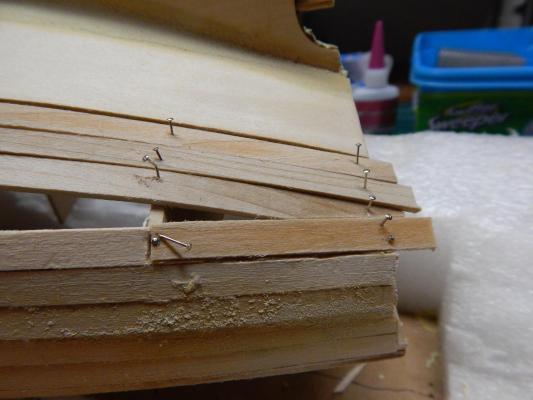
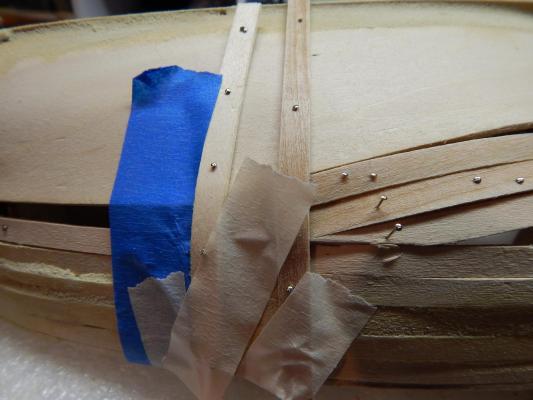
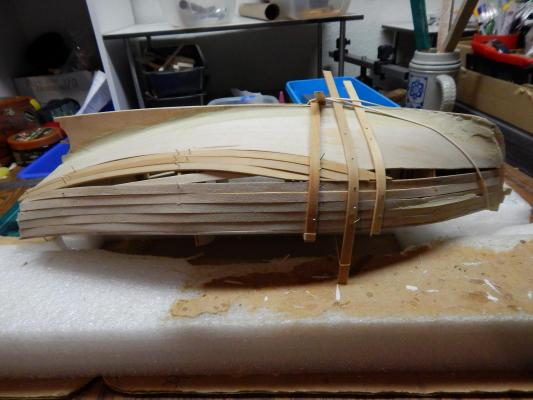
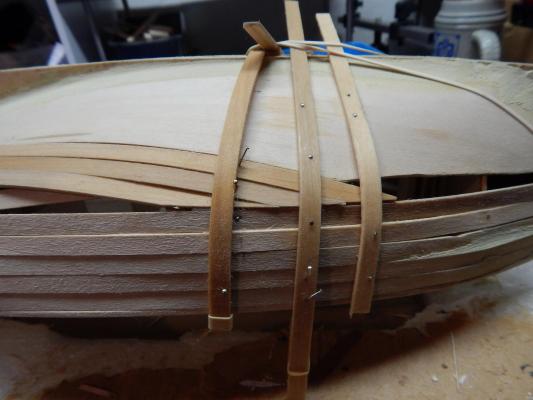
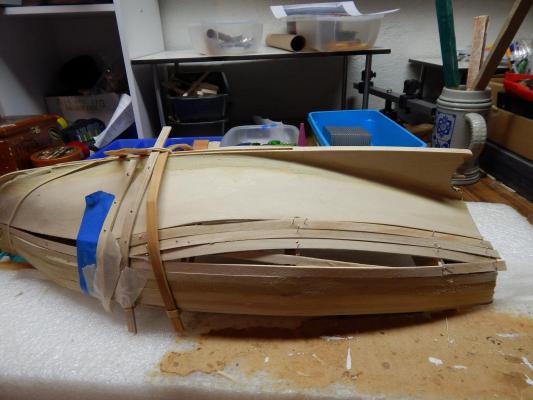
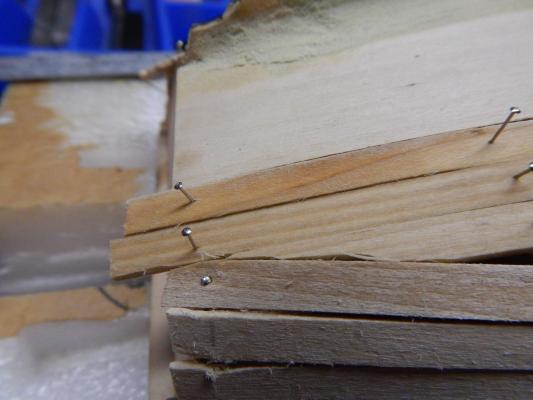
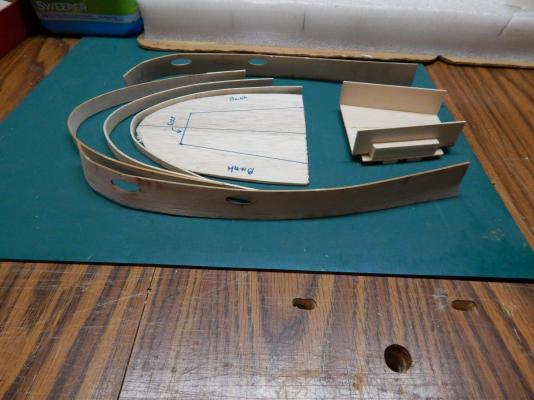
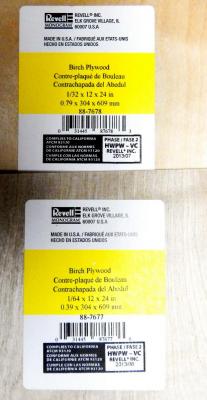
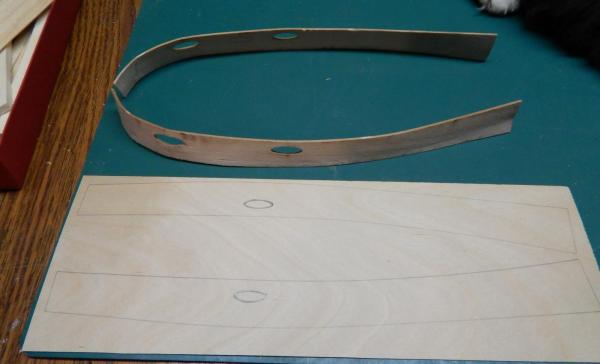
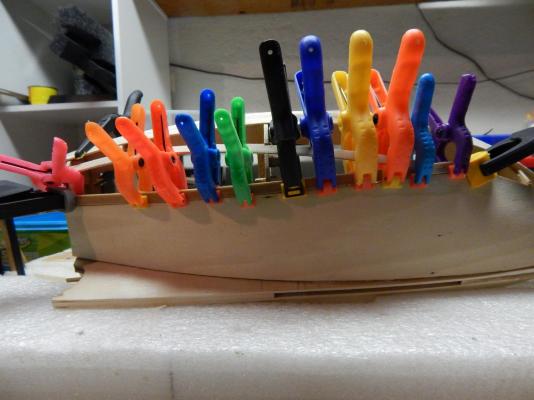
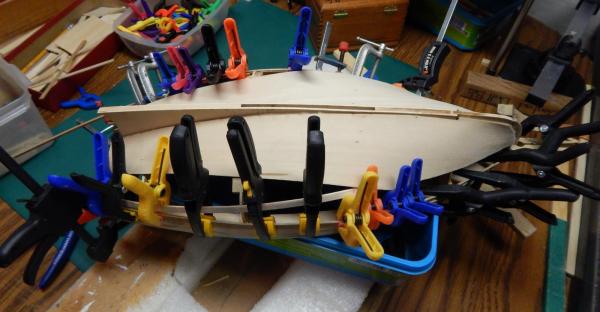
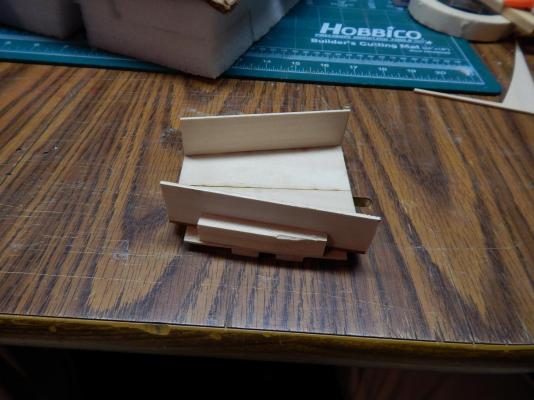
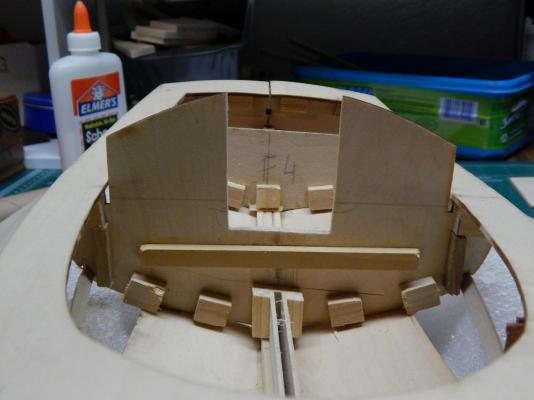
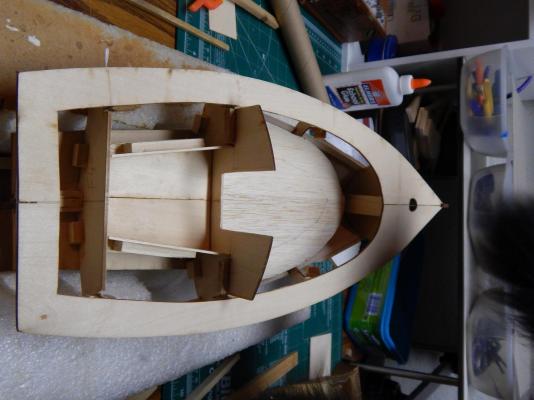
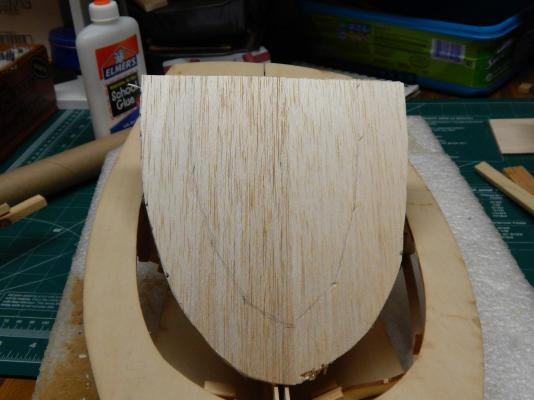
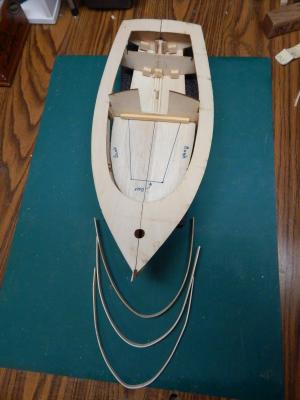
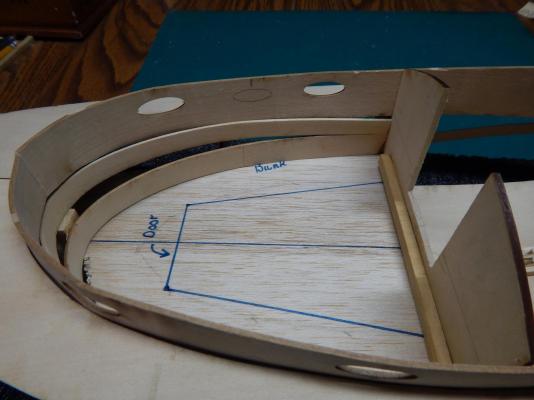

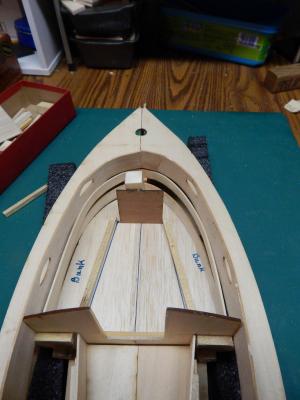
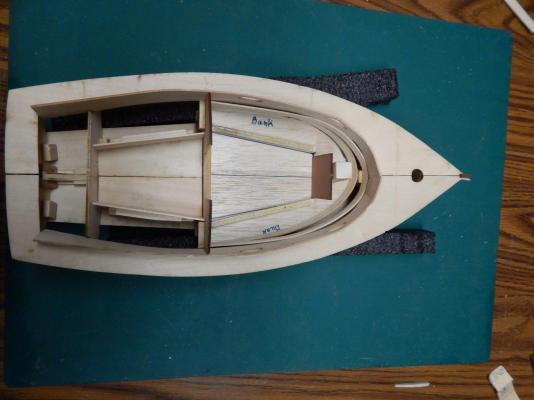
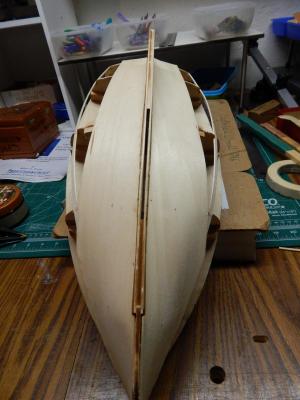
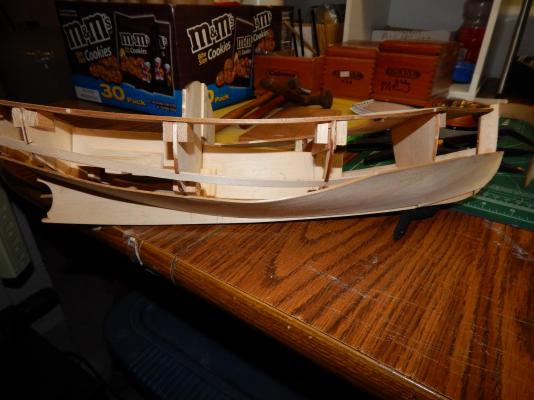
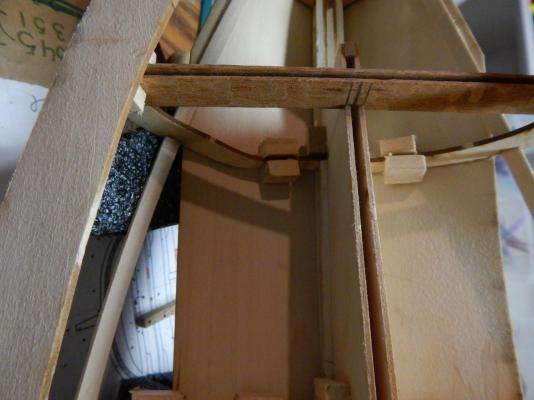
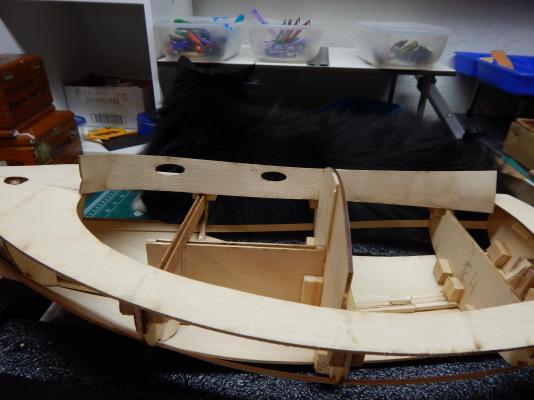
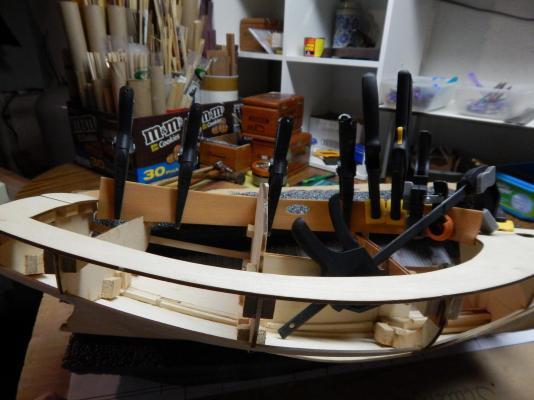
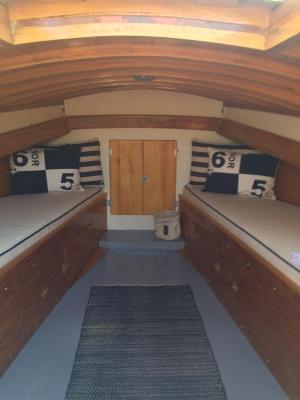
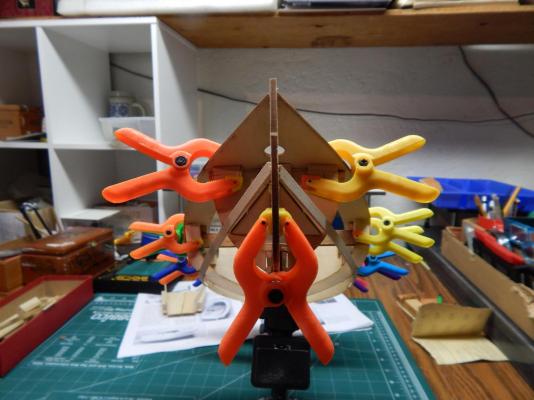
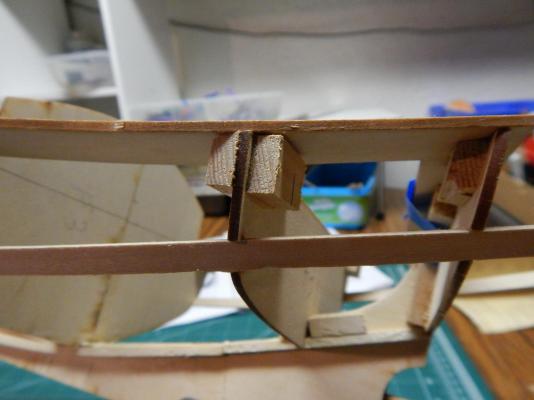
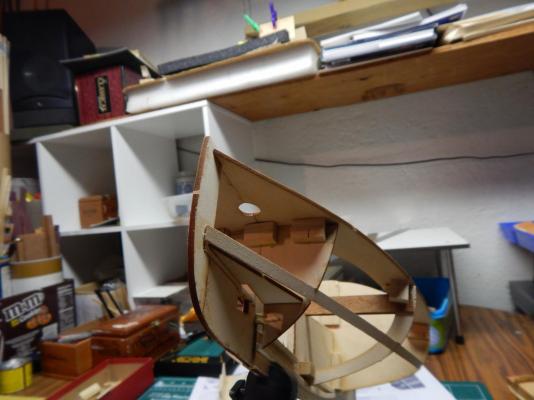
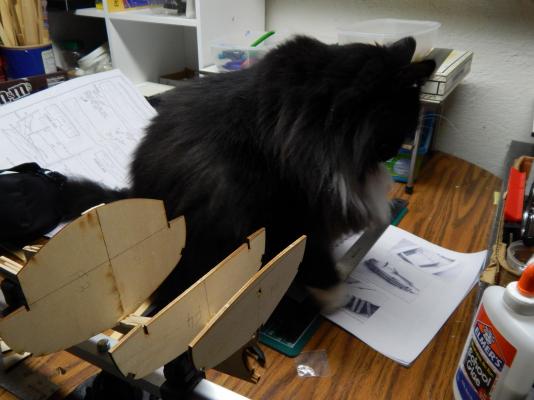
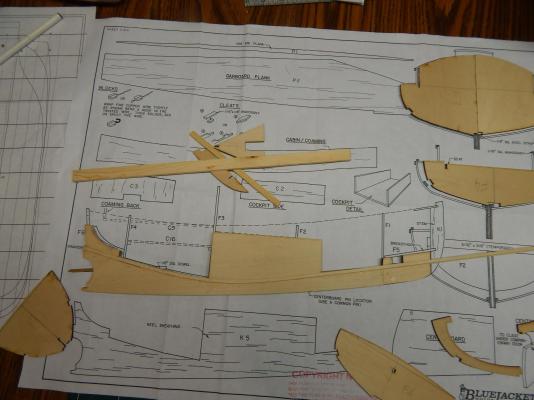
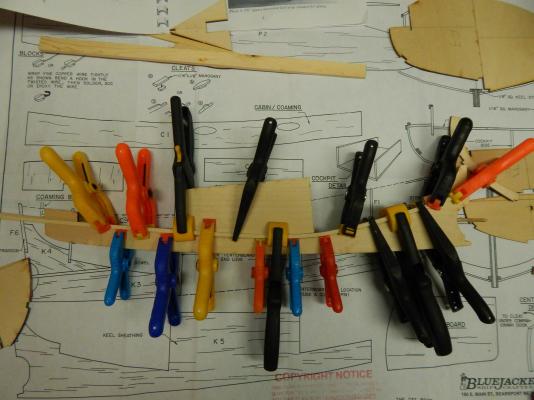
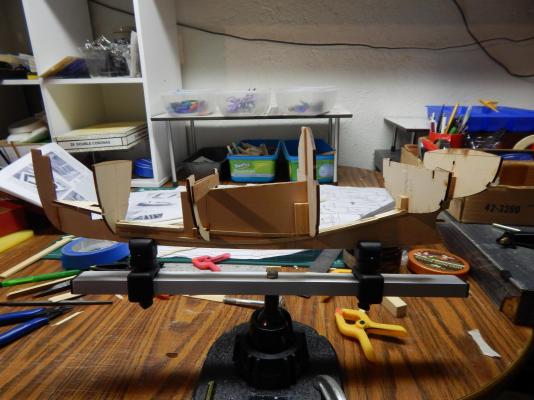
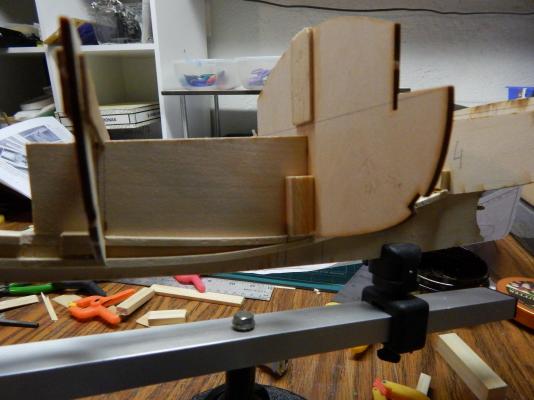
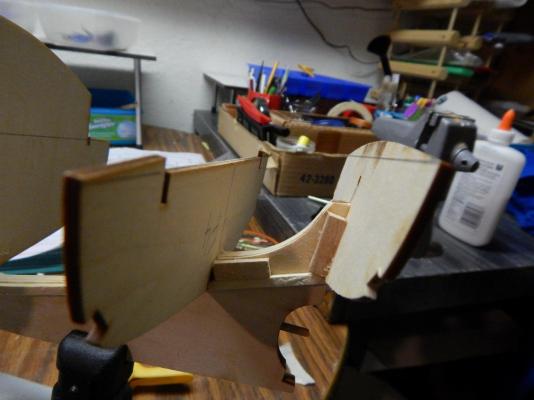
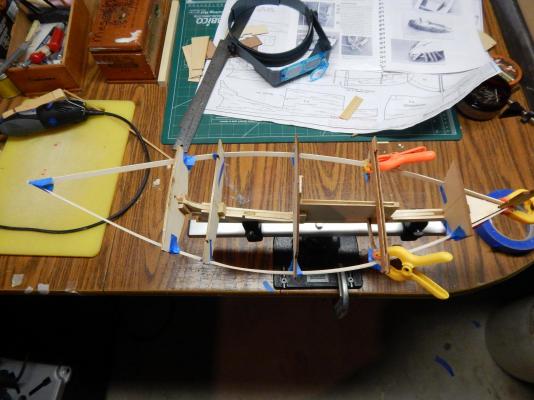
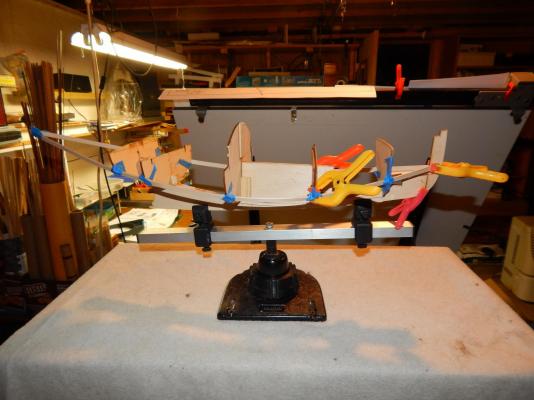
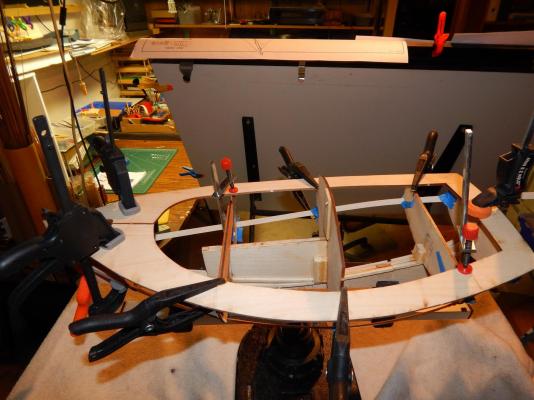
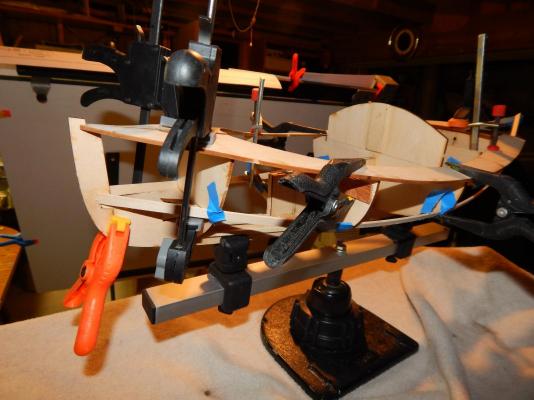
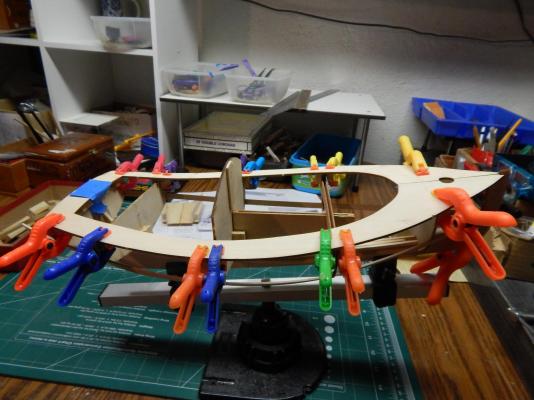
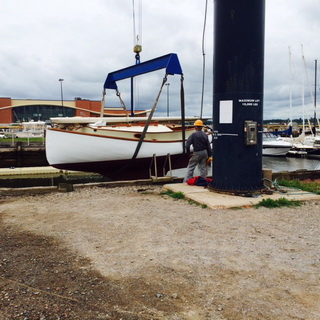
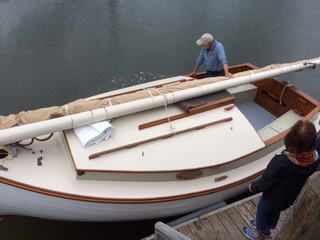
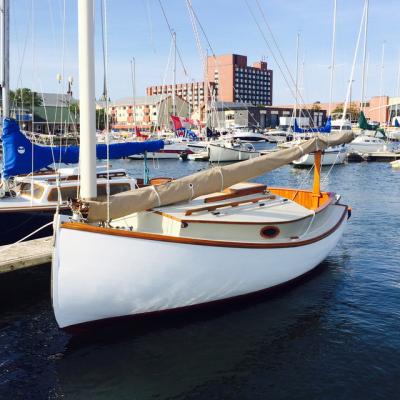
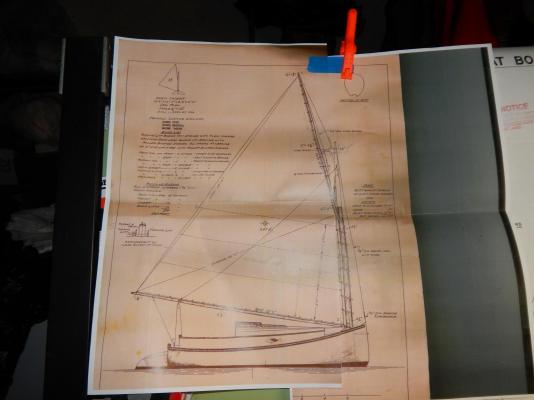
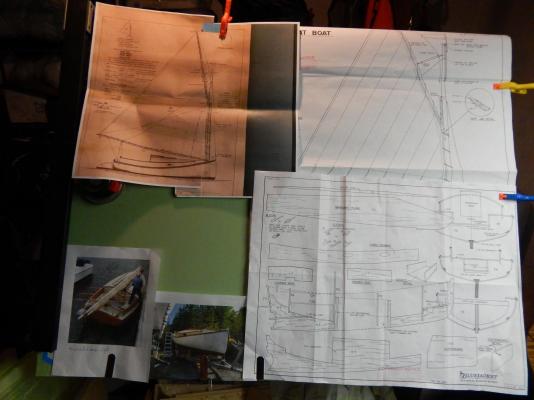
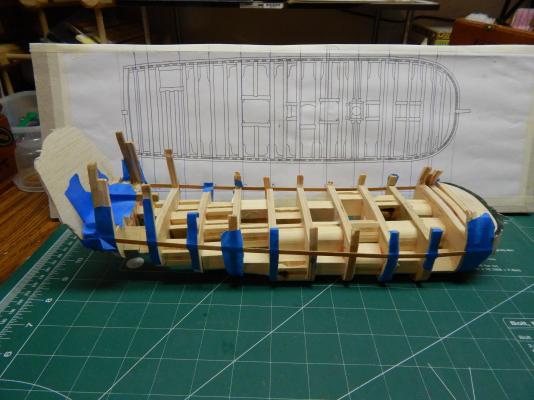
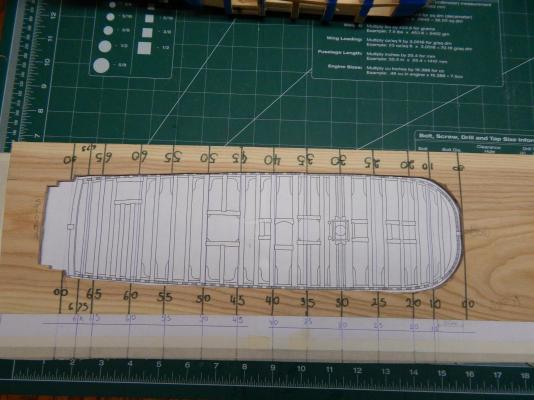
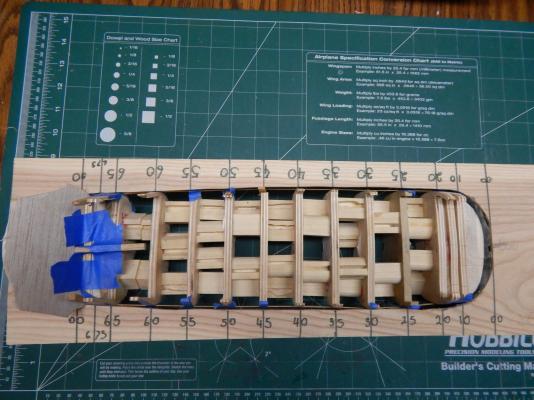
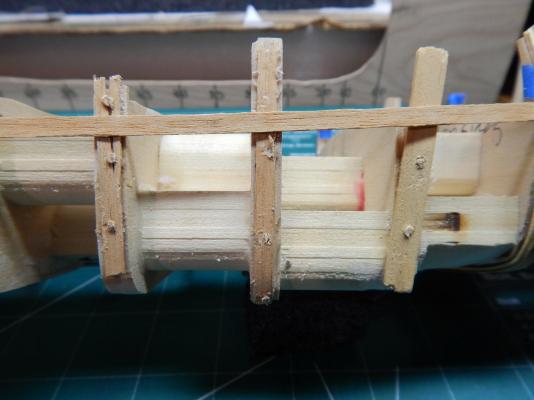
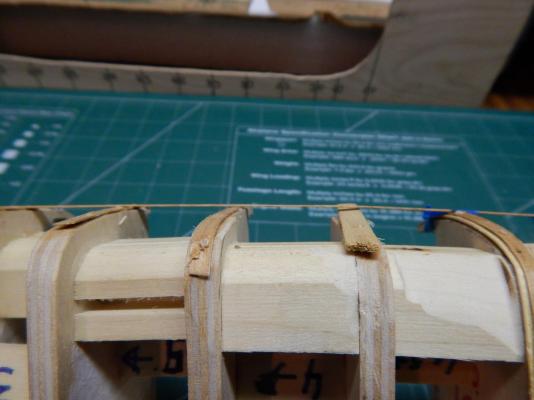
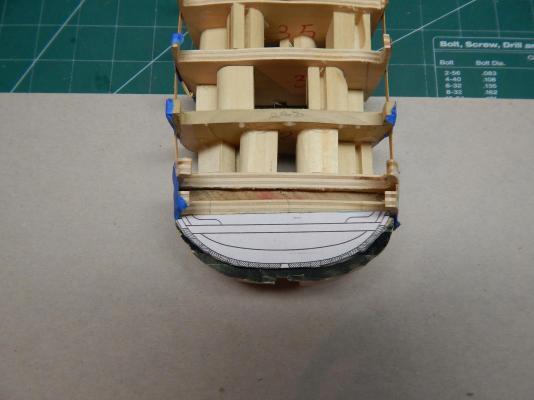
HMS Naiad 1797 by EdT - FINISHED - 1:60 - 38-gun frigate
in - Build logs for subjects built 1751 - 1800
Posted
Ed;
This was an incredible awesome 3 hour read. Wow, learned so much from you and the suggestion by other members that were made.
I have been using CAD applications all my life (landscape architecture) so the first few posts about CAD makes a lot of sense to me. I am presently practicing on TurboCAD the Heemskerck from Abel Tasman. Before reading some of your information, I was at a loss in some areas on how to draw the vertical image of the final aft body plan of the hull. So now I know. I may just buy the book so I can see these plans in full size, and read/learn your methods and your jigs so I can improve on my building a model.
Several questions.
Naiad page 3: Copper bolts. Why? Isn't this too shiny? Aren't bamboo nails used? Was this used in 1797?
From the original Admiral draft how do you know how to built the following: the forward magazines, transverse pallet beams, and many other features that are below the main deck? Through research and pictures from similar ships of that era? Or are those drafts included as well, but you did not show this in your build.
Clamps:
I researched the Jorgensen clamps and cannot find the mini ones you use. Many sites have the big ones mostly starting at 4". Where did you get yours? Also I like the clamps in a "picture were developed to cope with the problem of very small spaces between", the ones from maple and a cut-off brass screw. I am working on replicating these on a slightly different way.
I will probably have more questions later, but for now thank you.
Marcus